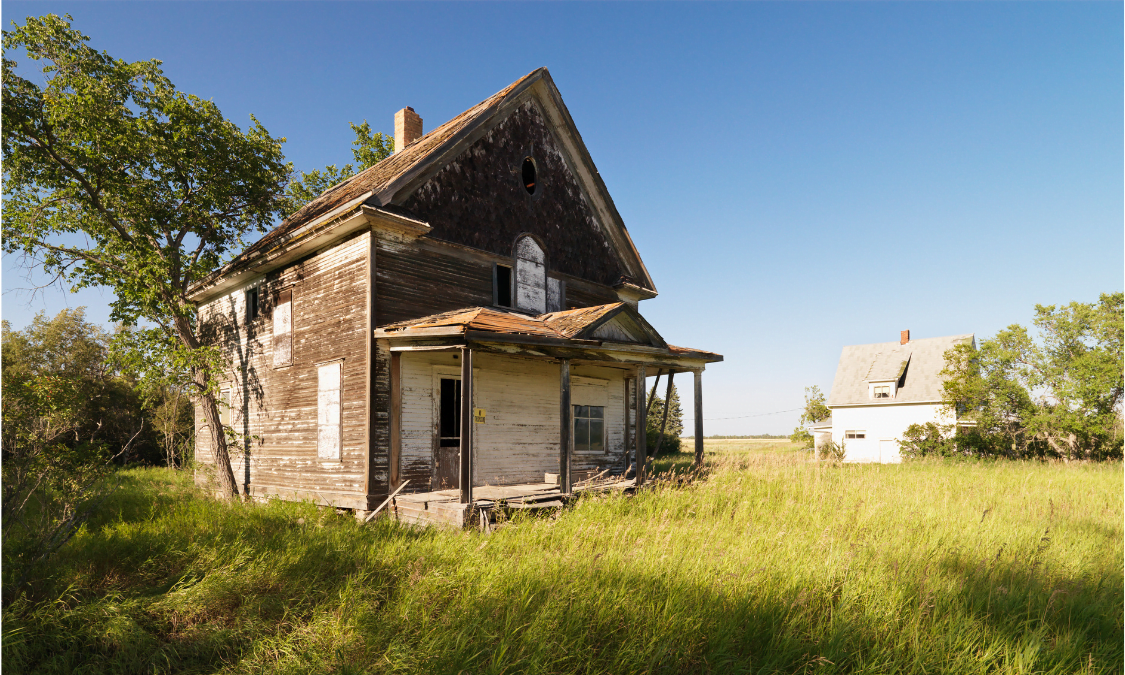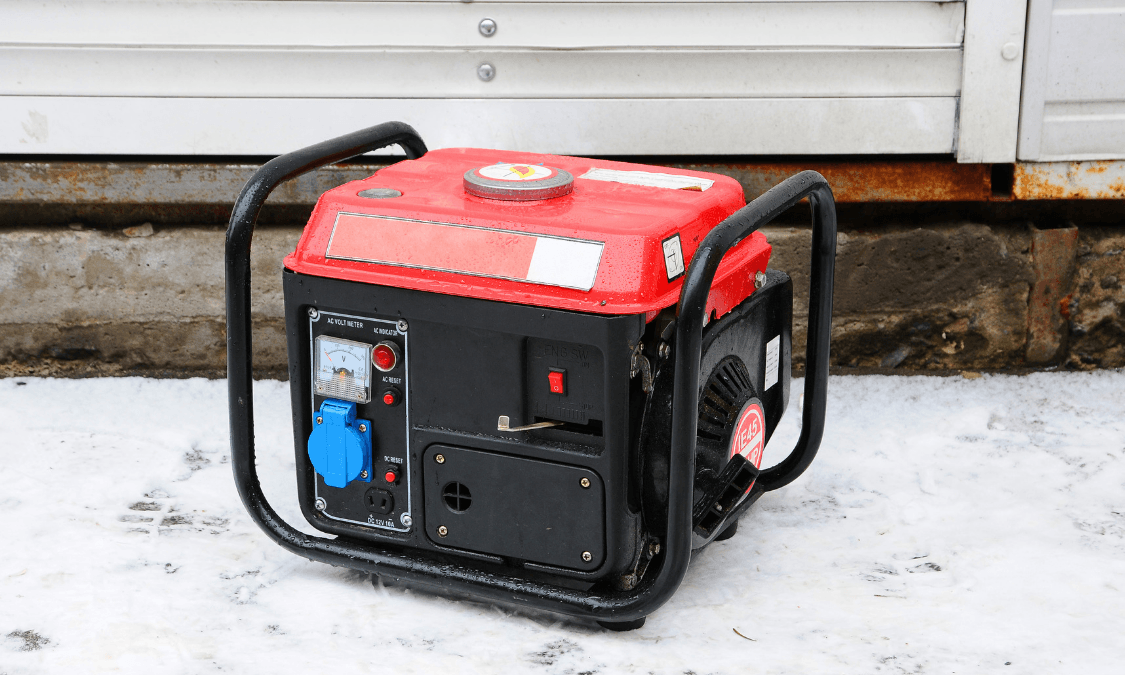Sinkhole Coverage
A sinkhole, also known as a sink, shake hole, swallow hole, swallet, doline, or cenote, is a natural depression or hole in the Earth’s surface caused by karst processes — the chemical dissolution of carbonate rocks[1] or suffosion processes[2] for example in sandstone.
Sinkholes may vary in size from 1 to 600 meters (3.3 to 2,000 ft) in diameter and depth and vary in form from soil-lined bowls to bedrock-edged chasms. Sinkholes may be formed gradually or suddenly and are found worldwide. The different terms for sinkholes are often used interchangeably.
Catastrophic ground cover collapse
On the other hand, it covers only a tiny portion of damages caused by sinkhole activity. Under Florida law, catastrophic ground cover collapse includes geological activity resulting in the following:
- Abrupt loss of ground cover
- A depression in the ground visible to the naked eye
- Structural damage to the building, including the foundation
- Government condemnation of the insured structure and an order to vacate the premises
- By the express terms of the coverage, catastrophic ground cover collapse only covers damages when the insured property is condemned by a governmental agency and ordered vacated.
There will be sweeping changes.
Here shortly, home insurance policies will have higher deductibles for sinkhole coverage. To buy-back option sometimes requires an inspection and even excludes the coverage altogether.
Bills are being passed as I write this. For more information contact me.
Don Westerfeld 4/29/2011 7:17:00 AM



